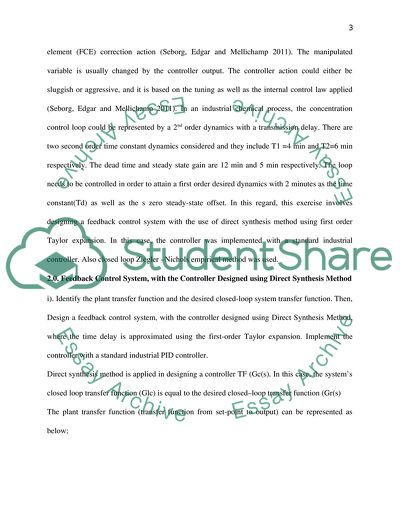Cite this document
(Feedback Control System, with the Controller Designed using Direct Coursework, n.d.)
Feedback Control System, with the Controller Designed using Direct Coursework. Retrieved from https://studentshare.org/engineering-and-construction/1859910-process-control-coursework
Feedback Control System, with the Controller Designed using Direct Coursework. Retrieved from https://studentshare.org/engineering-and-construction/1859910-process-control-coursework
(Feedback Control System, With the Controller Designed Using Direct Coursework)
Feedback Control System, With the Controller Designed Using Direct Coursework. https://studentshare.org/engineering-and-construction/1859910-process-control-coursework.
Feedback Control System, With the Controller Designed Using Direct Coursework. https://studentshare.org/engineering-and-construction/1859910-process-control-coursework.
“Feedback Control System, With the Controller Designed Using Direct Coursework”, n.d. https://studentshare.org/engineering-and-construction/1859910-process-control-coursework.


